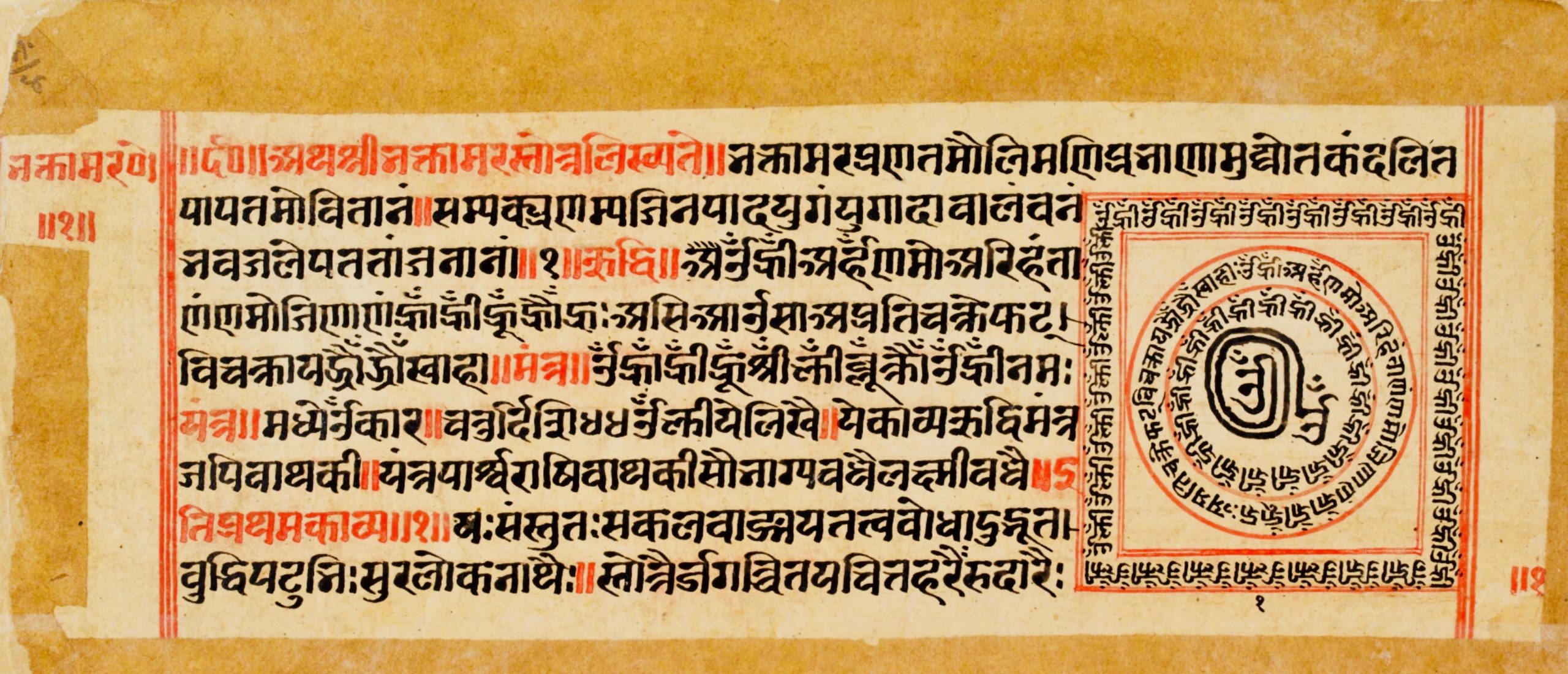Once upon a time, prior to the formation of civilizations and kingdoms, and prior to the establishment of social conventions, humans communicated by hand gestures and primitive oral noises. Around 10,000 years ago, the concept of language originated and forever altered the trajectory of human history.
Language use is what propelled the human race forward and brought us to where we are now. While the origin of the first language is a subject of intense controversy throughout the world, several ancient scriptures and cave drawings show some of the world’s oldest languages.
In this blog, we are going to discover which is the oldest language in the world.
What Is The World’s Oldest Language?
There’s no straightforward answer to what the world’s oldest language is, but it’s certainly an issue that gets both historians and linguists fired up.
Some claim that all of the languages we now speak originally go back to one human tongue, the beginnings of which are lost to prehistory. However, there are actually multiple other ways that we might consider the idea of the ‘oldest’ language. Let’s have a look at some of them.
1-Sanskrit (5000 years old) – World’s Oldest Language
Unlike Tamil, which is still extensively used, Sanskrit is the world’s oldest language but dropped out of widespread use around 600 B.C. It is now a liturgical language – one of the sacred languages found in Hinduism, Buddhism, and Jainism’s scriptures. Sanskrit is one of the first languages in the world and has a long history.
Sanskrit’s first written record is found in Rigveda, a collection of Vedic Sanskrit hymns composed in the second millennium B.C. According to studies, Sanskrit serves as the foundation for a number of European languages and is still an official language in India.
2-Egyptian (5000 years old)
Egypt is one of the world’s oldest civilizations, and Egyptian Coptic is the country’s oldest indigenous language. Its usage is documented in writing dating all the way back to 3400 BC, making it an ancient language. It is also one of the most spoken languages in the world.
Coptic was Egypt’s most widely used language until the late 17th century AD when it was supplanted by Egyptian Arabic following the Muslim conquest. Coptic is still the liturgical language used in Egypt’s Coptic Church. Today, only a few people speak the language well.
3-Hebrew (3000 years old)
Around 400 CE, Hebrew ceased to be widely used and is now preserved as a liturgical language for Jews worldwide. With the development of Zionism in the nineteenth and twentieth centuries, Hebrew had a renaissance and became Israel’s official language.
While Modern Hebrew is not identical to Biblical Hebrew, fluent speakers of the language are fully capable of comprehending what is written in the old writings. Modern Hebrew is affected in numerous ways by other Jewish languages. Ranked third in this list of the world’s oldest languages, Hebrew has come a long way over the centuries. At the moment, this language has a population of 9 million people who speak modern Hebrew. 5 million individuals out of 9 million speak it as their first language.
4-Greek (2900 years old)
Greek is the official language of Greece and Cyprus. The language originated in Greece and Asia Minor, which is now part of Turkey. Greek has been used as a written language continuously for nearly 3,000 years, longer than any other Indo-European language spoken today.
Ancient Greek, Medieval Greek and Modern Greek are the three stages of this history. Today, over 15 million people, the majority of whom live in Greece and Cyprus, speak Greek. Additionally, countries such as the United States and Australia have sizable Greek-speaking populations.
5-Basque (2200 years old)
Basque is an indigenous language spoken by a tiny minority in Spain and France. However, it bears no resemblance to French, Spanish, or any other language spoken in the world. For years, linguists have speculated on the origins of this enigmatic language, but none of the explanations has held up.
One thing is certain: Basque existed in Europe long before the Romance languages arrived and has endured through the years in tiny nooks and crannies of the region. However, it is one of the oldest languages in the world.
6-Lithuanian (5000 years old)
Lithuanian is a member of the Indo-European language family, which gave rise to a variety of contemporary languages such as German, Italian, and English. Lithuanian is closely connected to Sanskrit, Latin, and Ancient Greek, and has kept more of the ancient sounds and grammar rules than any of its linguistic kin. It was also one of the most spoken languages in the world.
As a result, it is regarded to be one of the world’s oldest languages. Today, Lithuanian is the official language of the Republic of Lithuania and one of the European Union’s official languages. It is safeguarded by specialized institutions and linguistic legislation.
7-Farsi (2500 years old)
Farsi is the most widely spoken language in contemporary Iran, Afghanistan, and Tajikistan. Farsi is a direct descendent of the Old Persian language, which served as the Persian Empire’s official language.
Around 800 CE, modern Persian evolved, and it has altered little since then. For example, Persian speakers could pick up a piece of writing from 900 CE and read it with significantly less trouble than an English speaker could read Shakespearean English works. This language has a native speaker population of between 70 million to 110 million. It is the Arabic language’s cursive form.
Final Words
Thousands of languages have been created since the first language was created. Numerous languages have been lost to time and are now only known in stories; others have survived the ages and are still spoken in various places of the world. These are testaments to the human spirit and to the truth that certain things never die.

